Check out before these deals are gone!

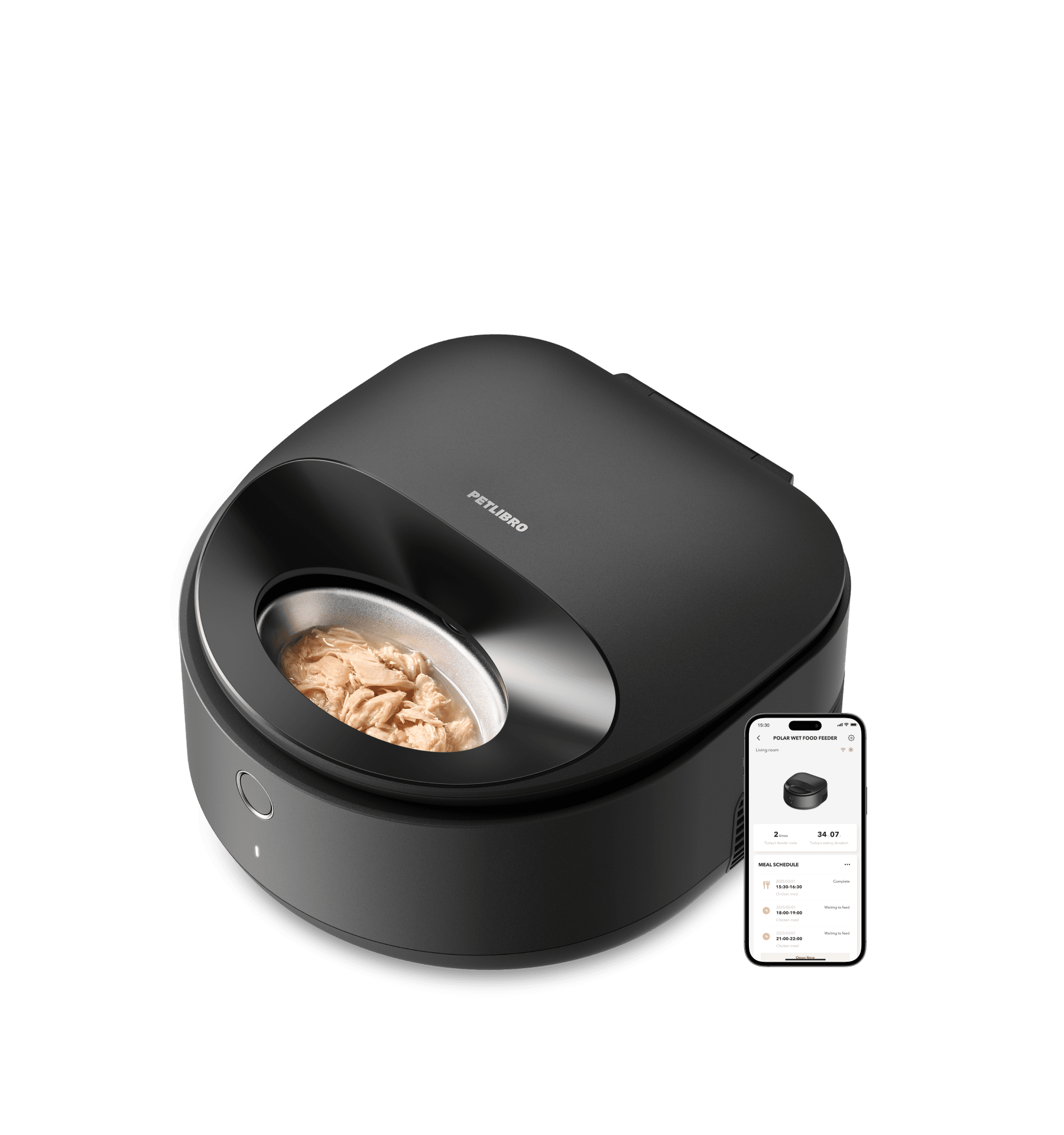
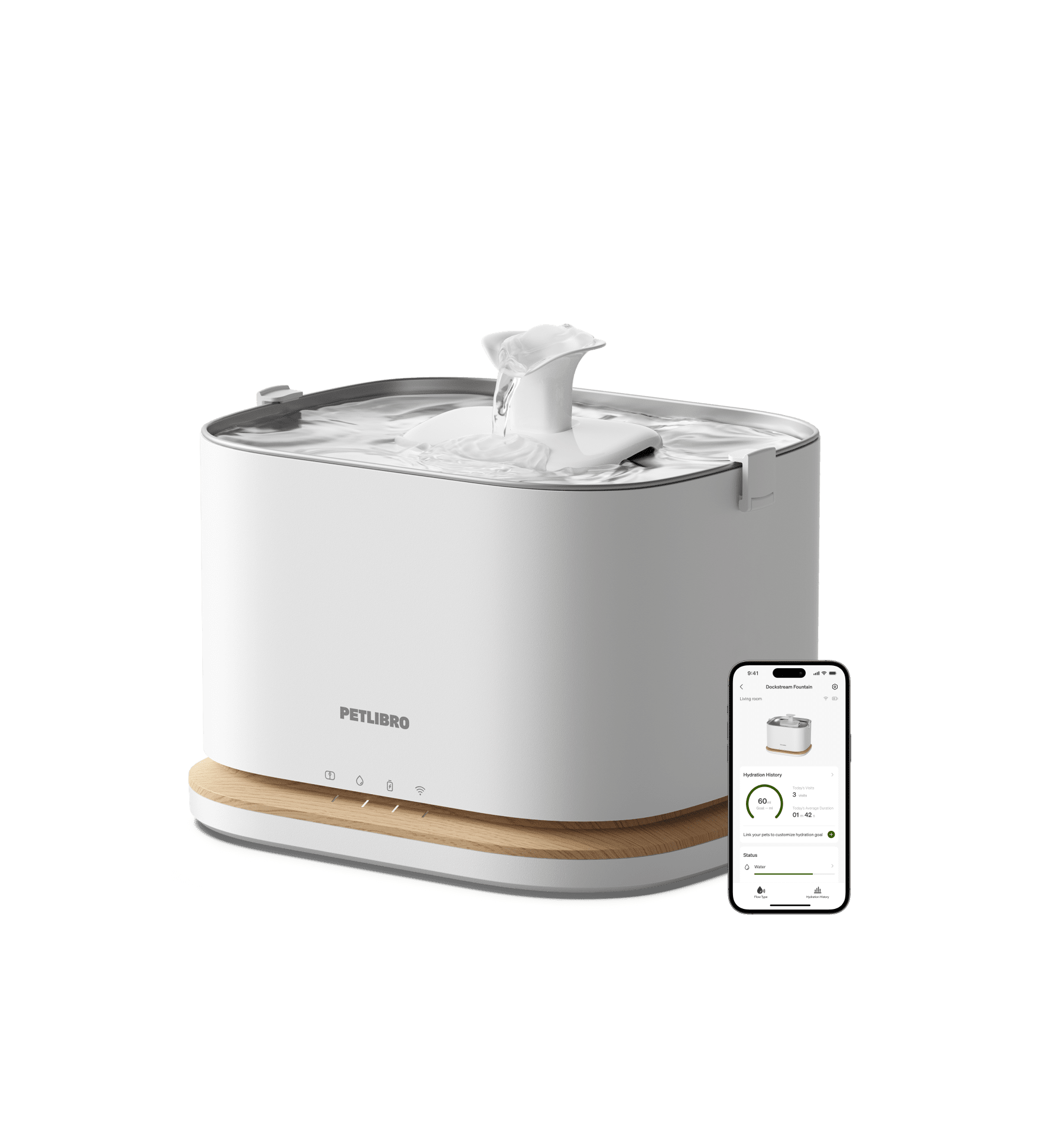
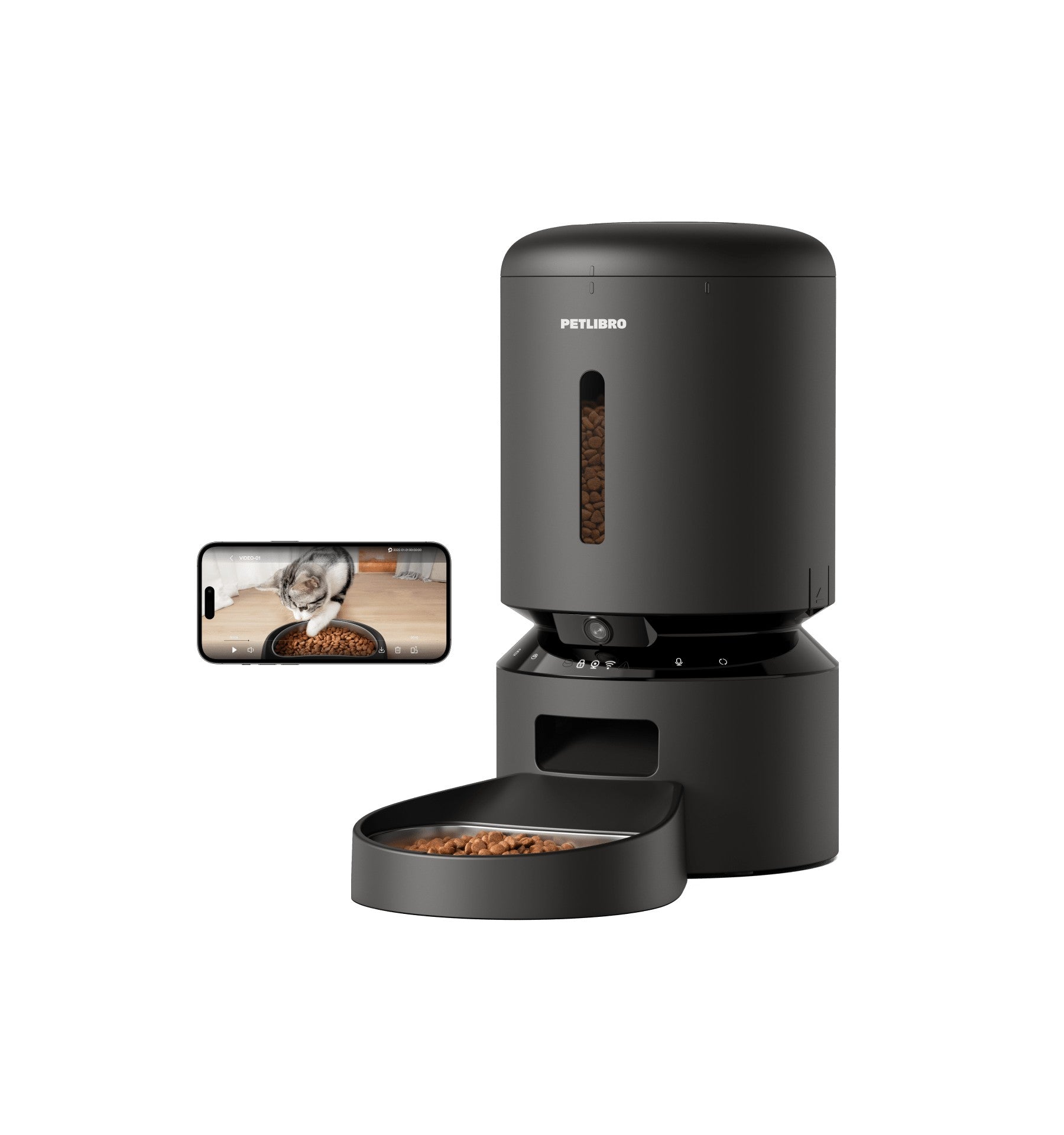
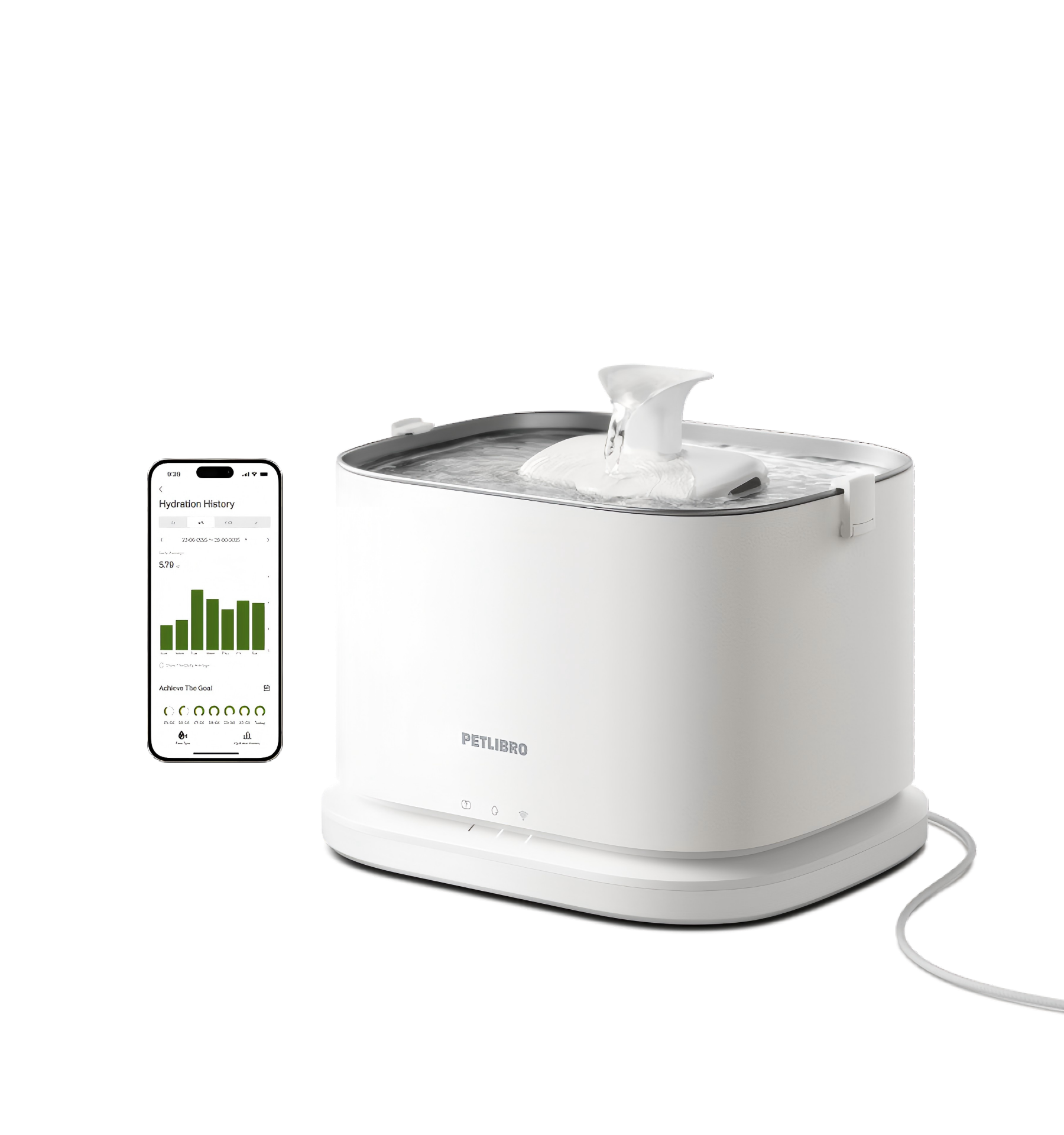
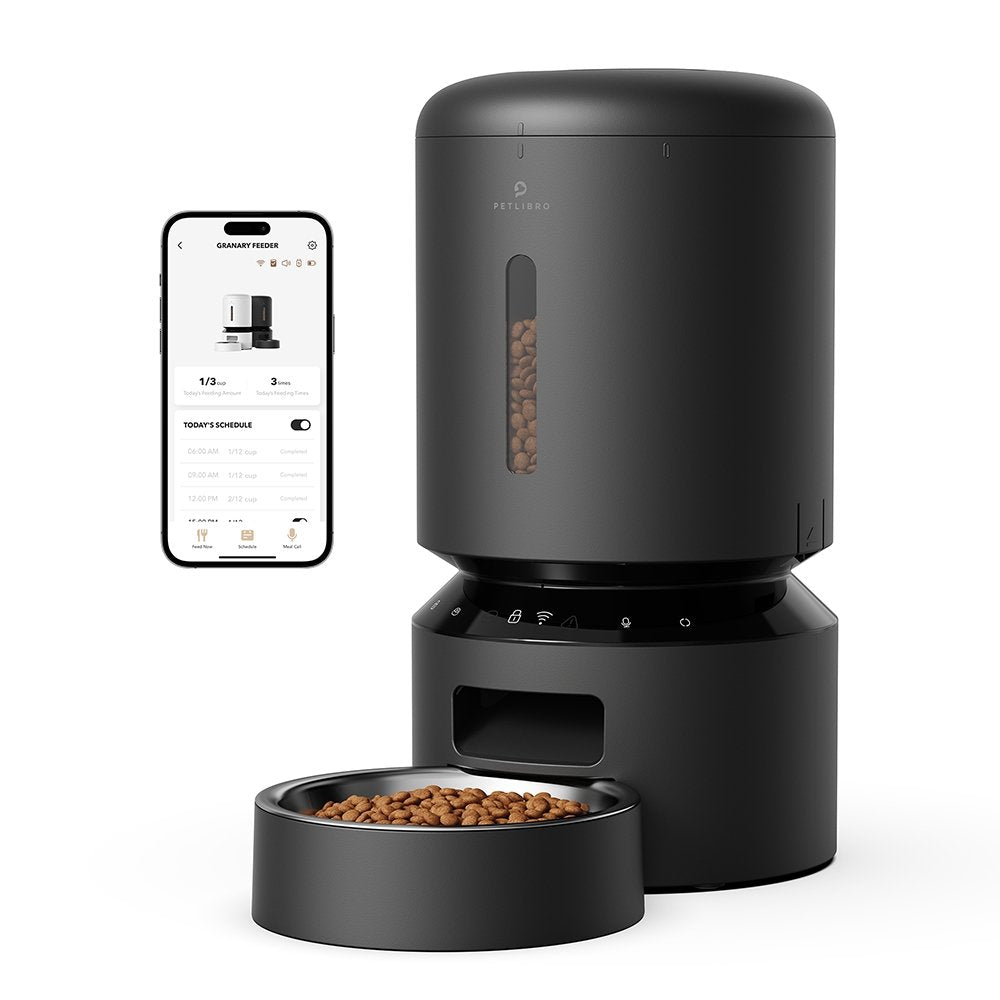
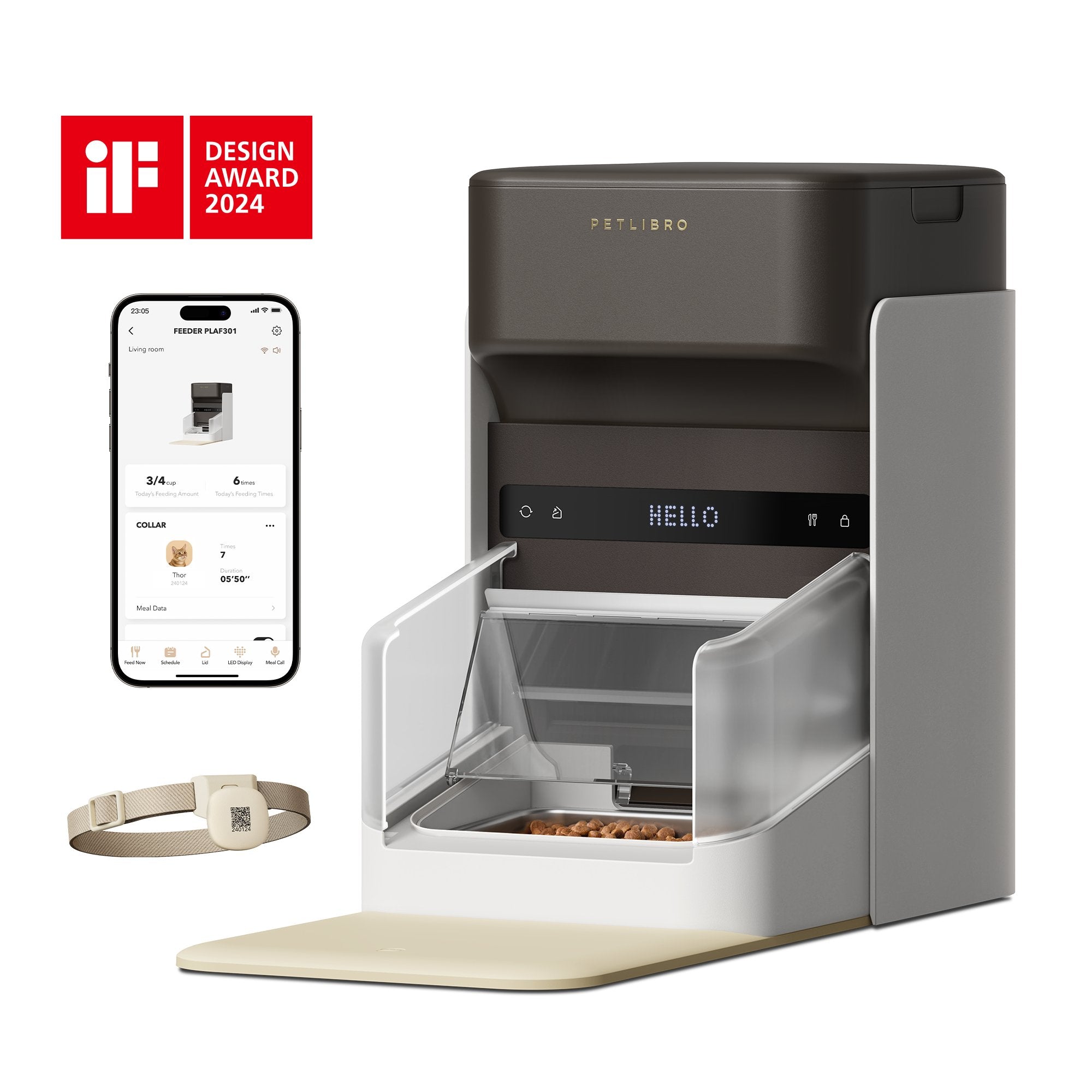
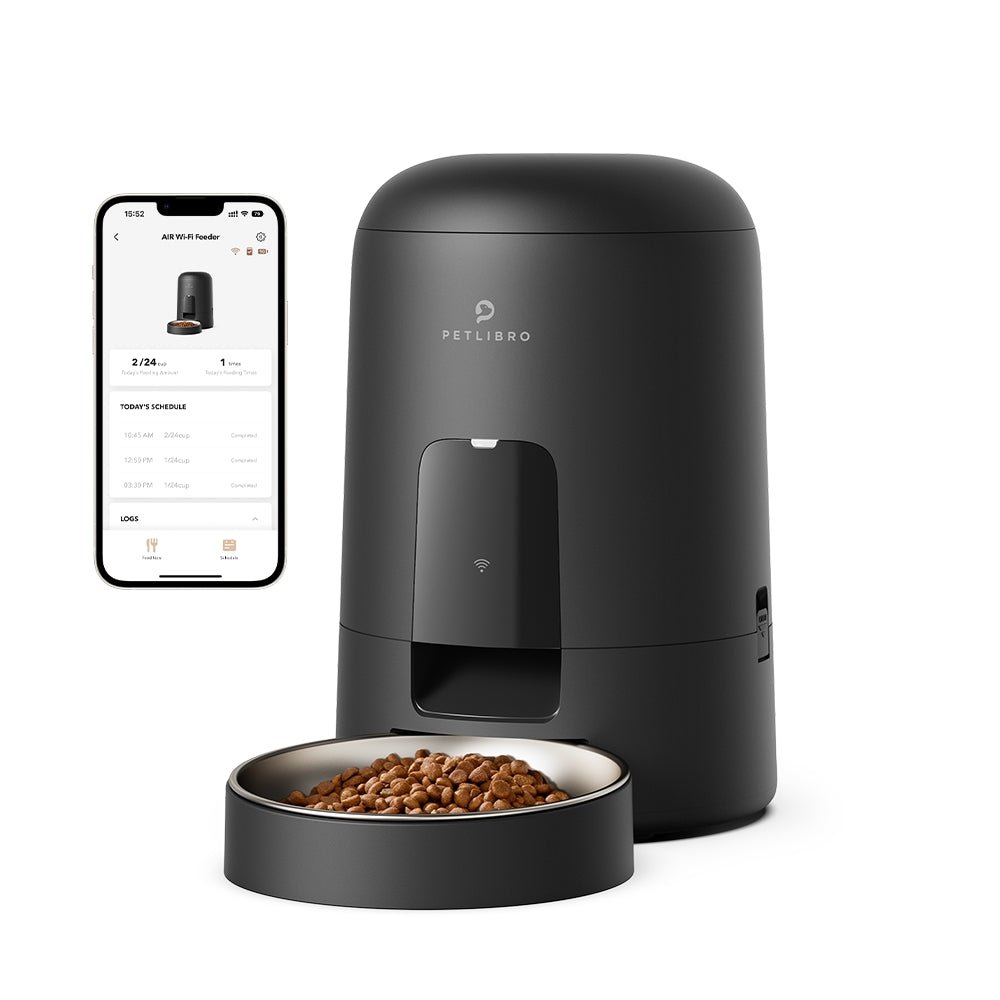





















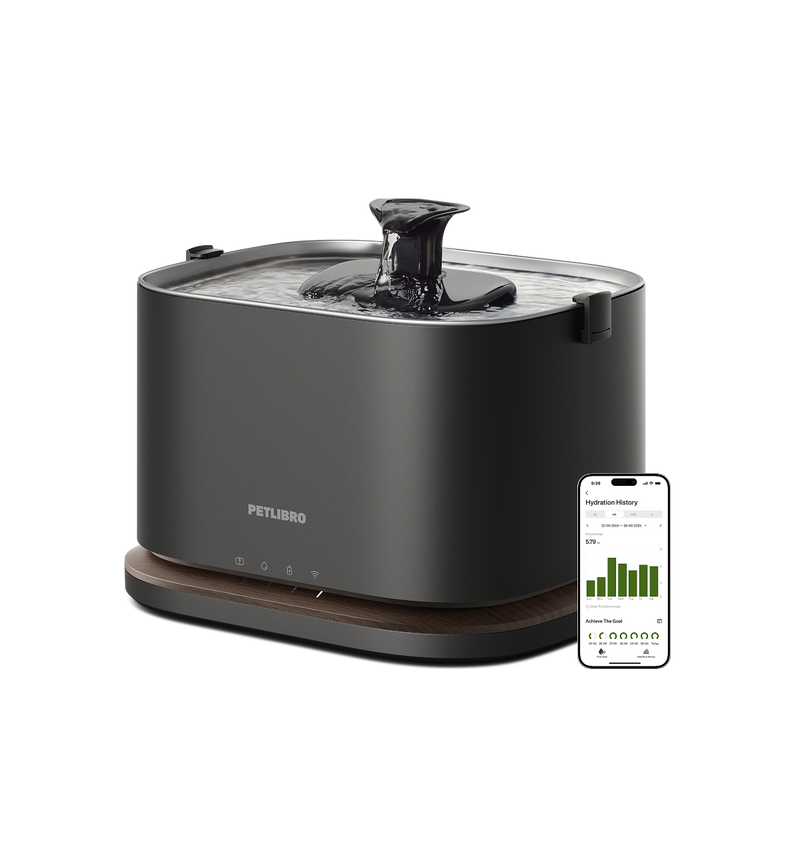
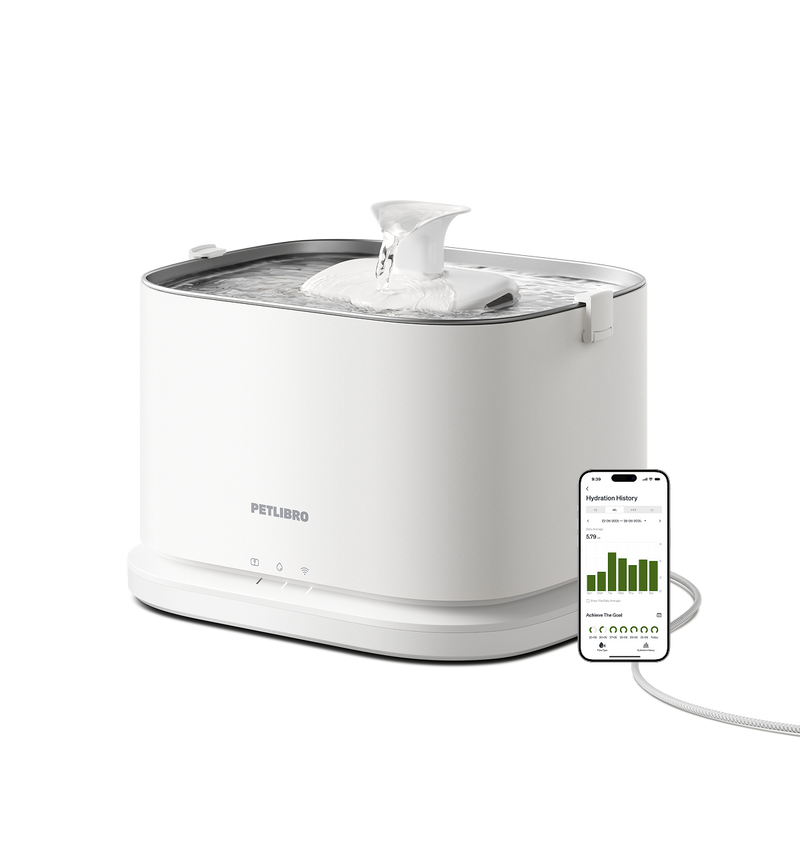
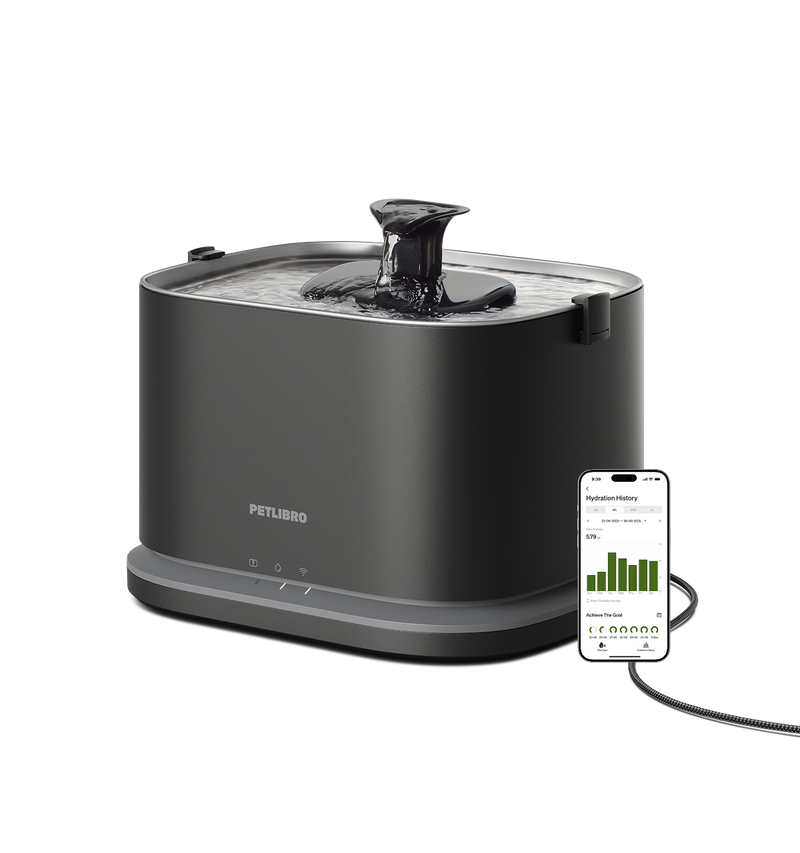










By subscribing, you agree to receive email marketing from Petlibro. Privacy Policy | Terms of Service


*Voucher is non-refundable and only one can be used per order, starting 11/13.


By subscribing, you agree to receive email marketing from Petlibro. Privacy Policy | Terms of Service


Code is valid for 72 hours and can be used for one order only. Code can’t be combined with other codes.
Discounts cannot be used toward new product launches.
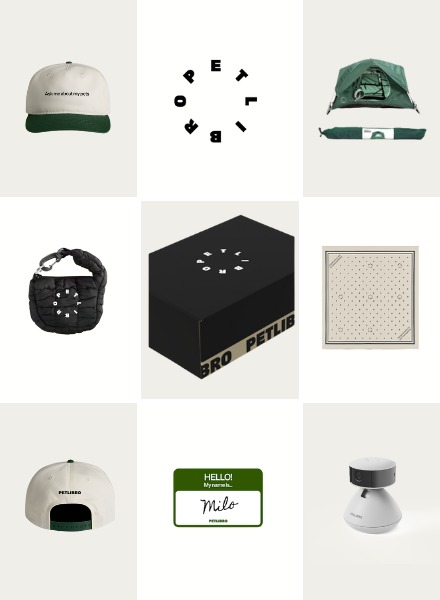

Open to legal U.S. residents, 18 years or older. Void where prohibited. Giveaway begins on 08/26/2025 and ends on 09/15/2025 at midnight PST. Three winners will each receive a limited-edition Petlibro PR Kit, which includes the Scout Smart Camera and select branded merch. Winners will be chosen at random and notified via Instagram or email (depending on entry format) by 09/30/2025. If a winner does not respond within 48 hours, another may be selected. Odds of winning depend on the total number of eligible entries received. Only one email entry per person will be counted, though additional entries may be submitted through the bonus methods described above. Petlibro is not liable for any issues that arise from participation or use of the prize. Personal information will be collected and handled in accordance with our Privacy Policy.



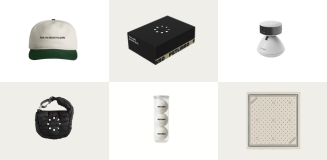
Open to legal U.S. residents, 18 years or older. Void where prohibited. Giveaway begins on 08/26/2025 and ends on 09/15/2025 at midnight PST. Three winners will each receive a limited-edition Petlibro PR Kit, which includes the Scout Smart Camera and select branded merch. Winners will be chosen at random and notified via Instagram or email (depending on entry format) by 09/30/2025. If a winner does not respond within 48 hours, another may be selected. Odds of winning depend on the total number of eligible entries received. Only one email entry per person will be counted, though additional entries may be submitted through the bonus methods described above. Petlibro is not liable for any issues that arise from participation or use of the prize. Personal information will be collected and handled in accordance with our Privacy Policy.


For many cat owners, a water fountain is a convenient and effective way to ensure their pets stay hydrated while keeping water fresh and clean. However, owning a cat water fountain also means taking responsibility for its maintenance and upkeep to ensure your furry friend's health and safety. Optimal hygiene is crucial for cat water fountains, as they can become breeding grounds for harmful bacteria if not cleaned properly.
This article will explore the best practices for maintaining your cat's water fountain and ensuring it remains in excellent condition for years. By following these steps, you'll feel confident knowing your cat always drinks high-quality water from a clean, well-maintained water fountain.

Keeping your cat's water fountain clean and operating properly is essential to ensure your furry friend enjoys fresh, healthy water every day. Here are the key parts of the daily maintenance routine for your pet water fountain:
While daily wiping and refilling of your cat's water fountain are essential, periodic deep cleaning is also needed to remove lingering buildup and prevent bacteria growth. A thorough weekly maintenance routine for your pet fountain should include:
Once a month, take some time to do a more thorough inspection and cleaning of your cat's water fountain. This will help catch any small issues before they become bigger problems.
Inspect the entire unit for any cracks, leaks, or damaged parts. Check the basin, tubing, pump, and reservoir for signs of wear and tear. Now is the time to replace any cracked, corroded, or excessively stained parts.
Clean any hard-to-reach areas using a simple solution of one part white vinegar to two parts water. Soak a cloth in the solution and wipe down crevices, spouts, and filters. The mild acidity of the vinegar helps cut through soap scum, stains, and mineral deposits.
Run the pump without the basin to ensure a constant stream of water flows. Check for any obstructions in the tubing or blockages in the pump itself. Optimal flow helps aerate the water and keep it fresh for your cat.
Disinfect the area surrounding the fountain by wiping down nearby surfaces with antibacterial wipes. This helps prevent bacteria growth that could contaminate your cat's water.
For optimal performance over the lifespan of your cat's water fountain, seasonal cleaning and maintenance are recommended.
Perform a thorough inspection of all parts for damage or wear after long periods of non-use. Check for cracks, corrosion, leaks, or clogs that could allow bacteria to fester. Thoroughly clean and, if needed, replace parts as directed in your fountain's manual.
Store the fountain in a dry, cool place when not in use for weeks or months. High temperatures and humidity can accelerate the corrosion of metal parts. Keep water out of the basin, reservoir, and pump to prevent mold and algae growth.
Consider replacing the entire fountain every 2-3 years for maximum hygiene and performance. Minerals, debris, and biofilm buildup over time can impact water quality and flow, even with regular cleaning.
To store a fountain safely:
Proper cat water fountain maintenance through daily wiping, weekly deep cleans, monthly inspections, and seasonal storage will ensure your furry friend can access clean, fresh water for years. By following these best practices, you can provide your cat with the healthy hydration they need while extending the usable lifespan of the fountain itself.